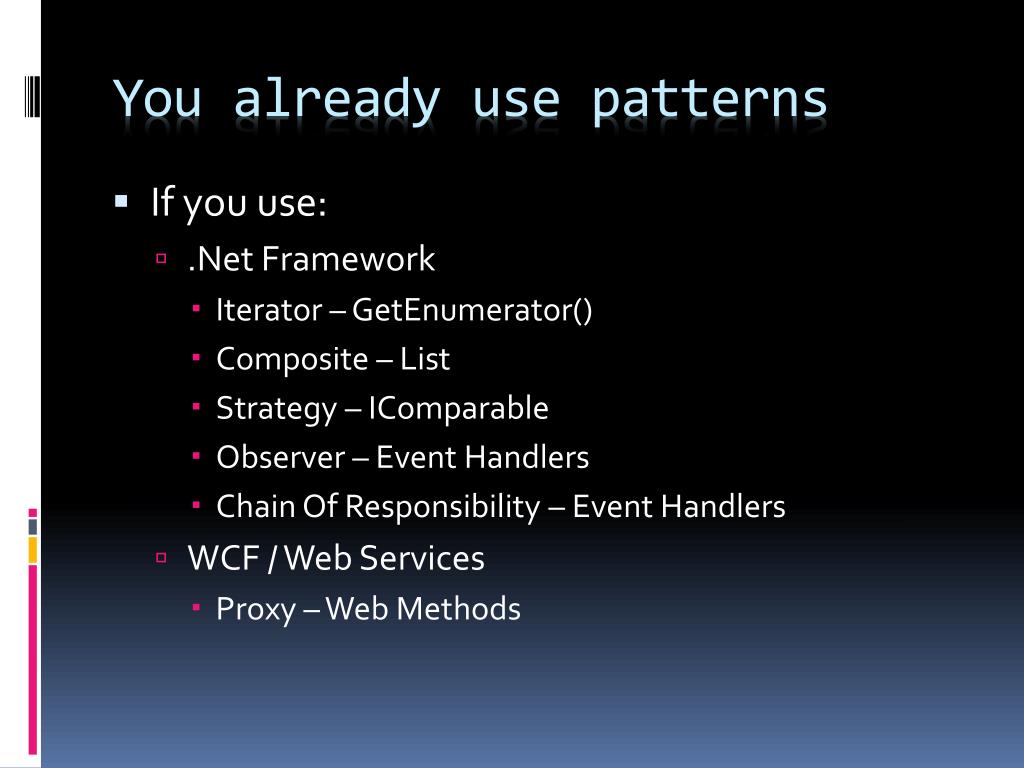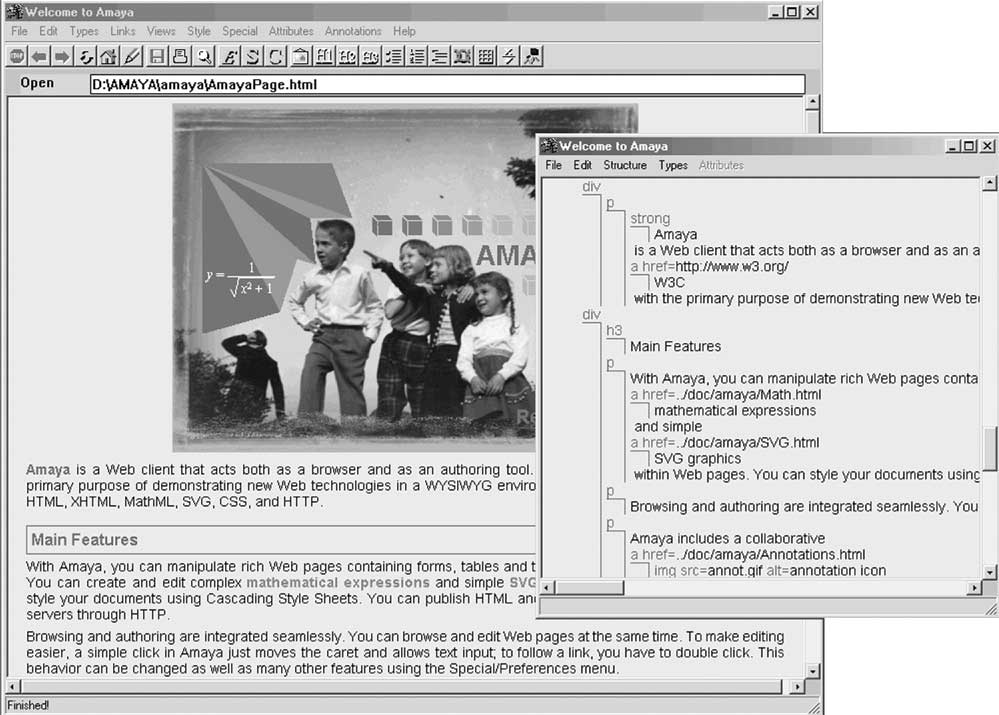
readMessage and p.messageText, you would have to search all of your Javascript to try to locate any code that replaces that element and make your changes there. For example, if you needed to add another div between. This makes it hard to know what code depends on other code when making changes. The method used by your JS code to display the selected message is known as DOM manipulation, and DOM manipulation inside event listeners is largely considered hard to maintain in larger projects, as event listener that manipulate the same HTML elements are often located in very different parts of the code. It is absolutely fine for generating static HTML, though as you can see it does not offer any help for dynamic content. Pug is a technology that is on the decline. Doing this will enable you to better leverage the tools available for Javascript, and make it easier to test your code Frameworks and technology If it doesn't complicate your route logic, you'll probably want to move your Javascript into a separate file, if you can. messages element (this might just be a spacing error in the code pasted above), and both of these should not be children of script element. readMessage element to the same level as your. It probably also makes sense to move your. You'll probably want to assign an ID to the node you're replacing and use that as your selector (multiple elements can use the same class, but ID should be unique in the document).

This is more or less straight out of the MDN documentation for replaceChild(). Parent.replaceChild(newReadMessage, oldReadMessage) We’ve defined a notoc variable in our front matter that will prevent a table of contents from rendering when specifically set to ( to display when a subject button clickedĬonst oldReadMessage = document.querySelector(".readMessage") Ĭonst parent = oldReadMessage.parentNode

Most of the pages benefit from having the table of contents provided, but sometimes the table of contents doesn’t make a lot of sense. You can provide variables to be used by templates in individual content’s front matter.Īn example of this is used in the Hugo docs. You can define any values of any type and use them however you want in your templates, as long as the values are supported by the front matter format. for site-wide values) or through the metadata of each specific piece of content (i.e. Hugo provides the option of passing values to your template layer through your site configuration (i.e. But the build would have failed if that code in the HTML comment had an error.

So the above example will render Emma Goldman, as the $author variable got evaluated in the HTML comment. The templating engine will strip the content within the HTML comment, but will first evaluate any Go Template code if present within.


 0 kommentar(er)
0 kommentar(er)
